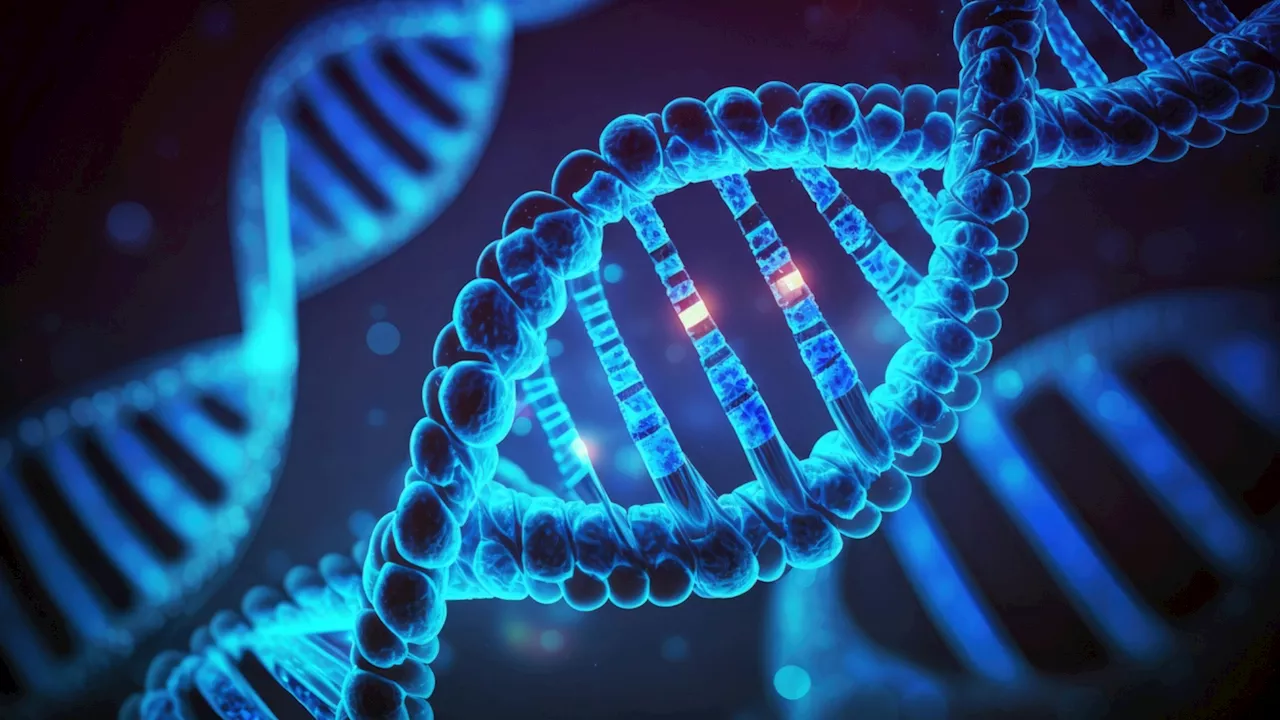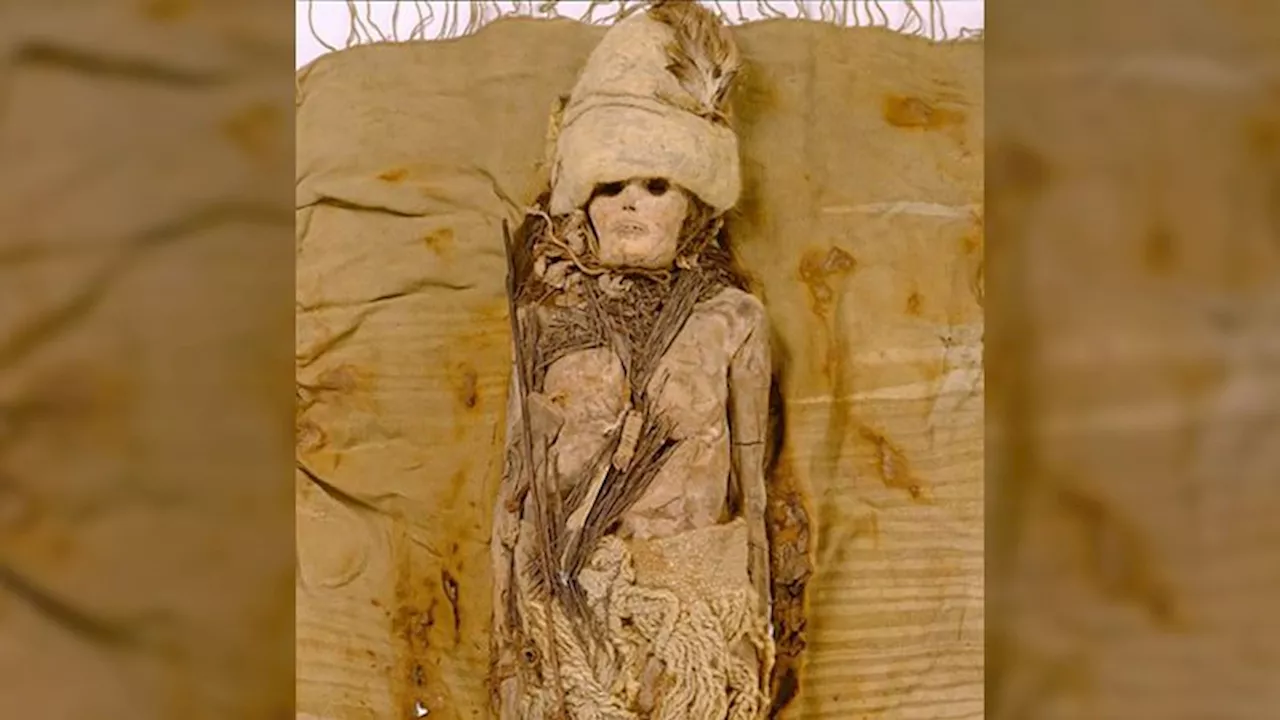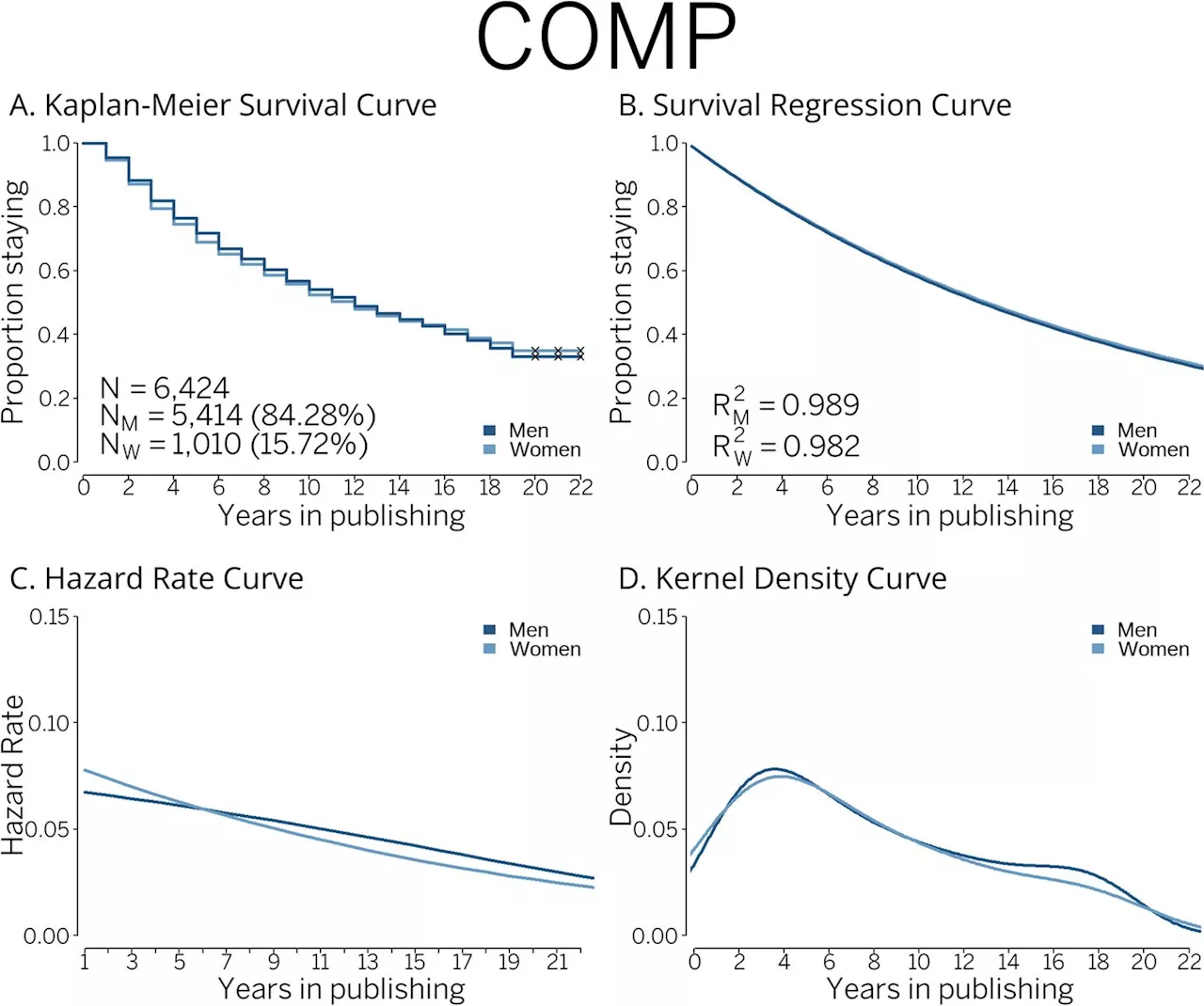A new study published in ScienceDaily reveals the first comprehensive map of DNA modifications in the developing human brain. This groundbreaking research could lead to a better understanding of brain development and neurological disorders.
Scientists create map of DNA modification in the developing human brain ." ScienceDaily. ScienceDaily, 9 October 2024. <www.sciencedaily.comUniversity of California - Los Angeles Health Sciences. . Scientists create map of DNA modification in the developing human brain .
The first brain-wide map of regions that are active in prairie voles during mating and pair bonding reveal that bonding voles experience a storm of brain activity distributed across 68 distinct brain ... Neuroscientists identified a specific neural mechanism in the human brain that tags information with emotional associations for enhanced memory. The team demonstrated that high-frequency brain waves ...
An extremely detailed map of the communication links between the hippocampus -- the brain's memory control center -- and the rest of the brain has been created. And it may change how we think about ... A new study has found that hippocampal neurons in rats accurately map the position of a moving object even while the rat is stationary. The results challenge the idea that the hippocampus, a region ...
Dna Modification Human Brain Development Neuroscience Research
United States Latest News, United States Headlines
Similar News:You can also read news stories similar to this one that we have collected from other news sources.
 Scientists encode 11.28 MB of brain MRI data into 250,000 DNA sequencesInterestingly, the team successfully encoded 11.28 megabytes of brain MRI data into roughly 250,000 DNA sequences.
Scientists encode 11.28 MB of brain MRI data into 250,000 DNA sequencesInterestingly, the team successfully encoded 11.28 megabytes of brain MRI data into roughly 250,000 DNA sequences.
Read more »
 DNA from 3,600-year-old cheese sequenced by scientistsScientists have sequenced DNA from 3,600-year-old cheese, the oldest in the archaeological record. The intact cheese was found with mummified remains in China.
DNA from 3,600-year-old cheese sequenced by scientistsScientists have sequenced DNA from 3,600-year-old cheese, the oldest in the archaeological record. The intact cheese was found with mummified remains in China.
Read more »
 Scientists develop method to control timing of synthetic DNA droplet divisionMany cellular functions in the human body are controlled by biological droplets called liquid-liquid phase separation (LLPS) droplets. These droplets, made of soft biological materials, exist inside living cells but are not enclosed by membranes like most cell structures.
Scientists develop method to control timing of synthetic DNA droplet divisionMany cellular functions in the human body are controlled by biological droplets called liquid-liquid phase separation (LLPS) droplets. These droplets, made of soft biological materials, exist inside living cells but are not enclosed by membranes like most cell structures.
Read more »
 Disappearing scientists: Attrition and retention patterns of 2.1 million scientists in 38 OECD countriesResearch has been showing that women scientists continue to disappear from science at a significantly higher rate and in higher percentages than men. This is what social scientists have thought for decades—but this is no longer the case today, according to a study published in Higher Education.
Disappearing scientists: Attrition and retention patterns of 2.1 million scientists in 38 OECD countriesResearch has been showing that women scientists continue to disappear from science at a significantly higher rate and in higher percentages than men. This is what social scientists have thought for decades—but this is no longer the case today, according to a study published in Higher Education.
Read more »
 Getting autism right | ScienceDailyContrary to common perceptions and years of research that autistic people can't describe their emotions or often have muted emotional responses, a new study concludes that many autistic adults are in fact acutely aware of their feelings and can label them in vivid, often colorful detail.
Getting autism right | ScienceDailyContrary to common perceptions and years of research that autistic people can't describe their emotions or often have muted emotional responses, a new study concludes that many autistic adults are in fact acutely aware of their feelings and can label them in vivid, often colorful detail.
Read more »
 CREME AI and CRISPR in tandem | ScienceDailyCREME is a virtual laboratory that allows scientists to simulate specific decreases in gene activity. It offers a powerful new tool for identifying and understanding important parts of the genome. And it could one day give scientists who don't have access to real laboratories the power to make breakthrough discoveries.
CREME AI and CRISPR in tandem | ScienceDailyCREME is a virtual laboratory that allows scientists to simulate specific decreases in gene activity. It offers a powerful new tool for identifying and understanding important parts of the genome. And it could one day give scientists who don't have access to real laboratories the power to make breakthrough discoveries.
Read more »
